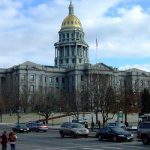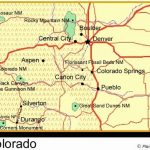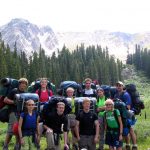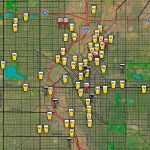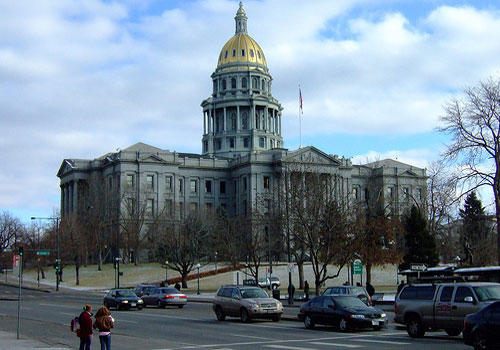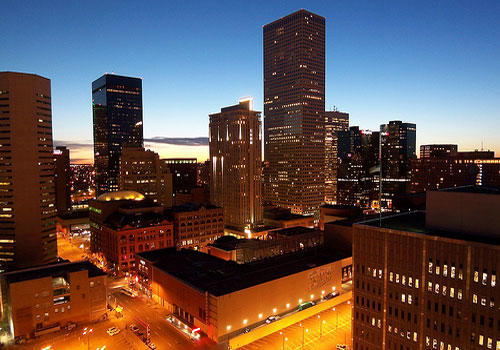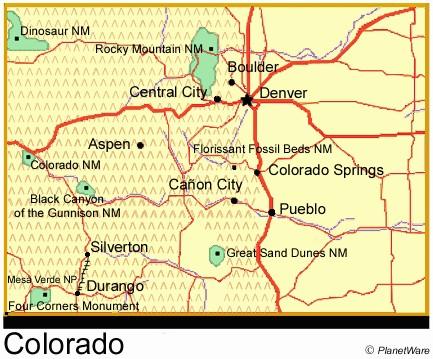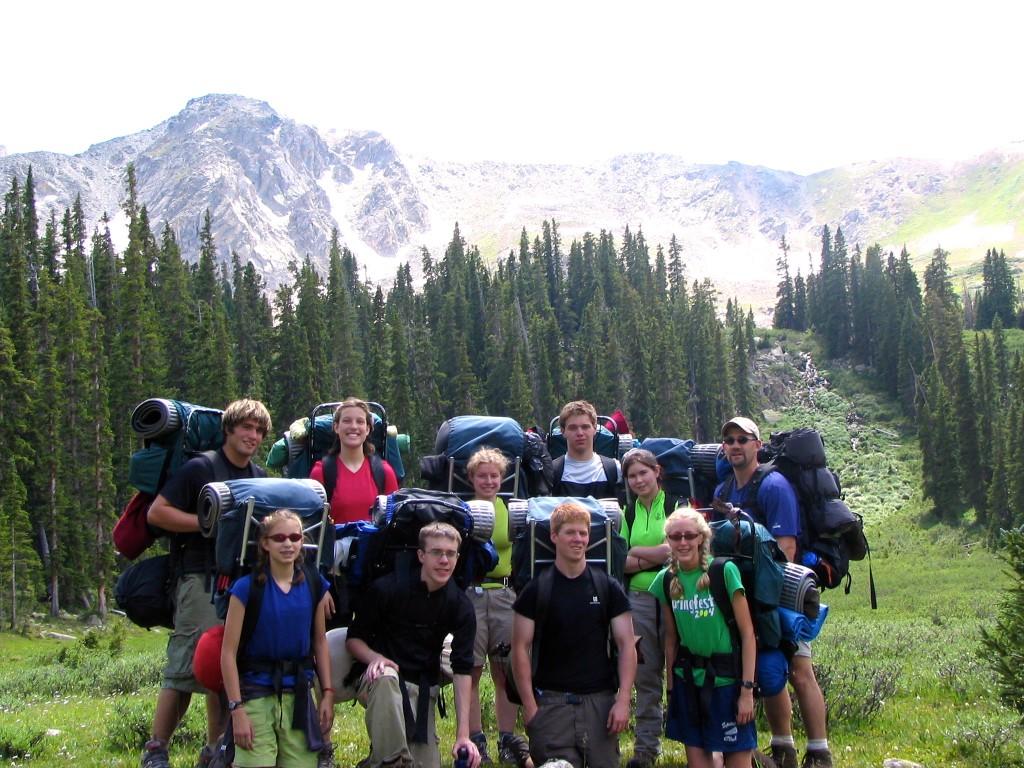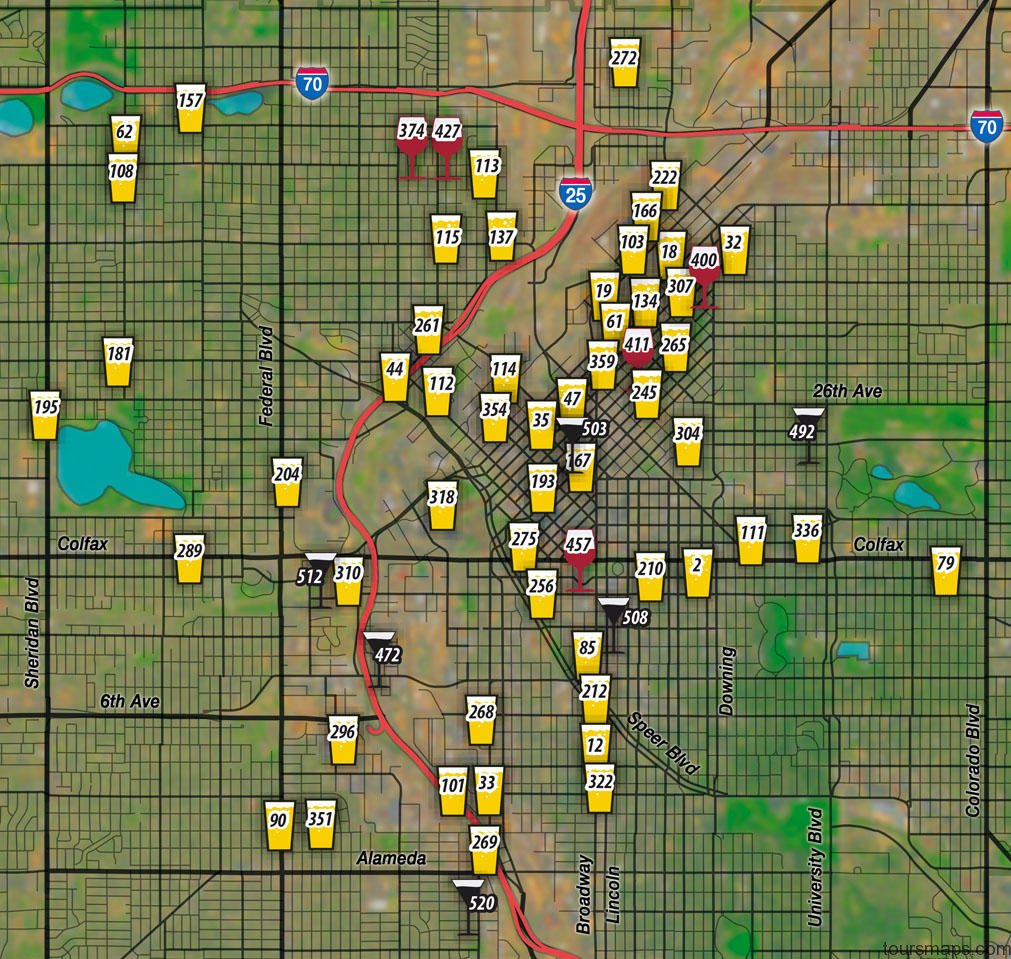U. S. Congress creates the Territory of Colorado.
At the Battle of Glorieta Pass, the Colorado Regiment helps to defeat the Confederate Army. A number of Spanish Americans from the San Luis Valley fight in the battle on the Union side.
Colorado Territorial Supreme Court objects to the use of the Spanish language in Territorial courts.
El Comite de la Merced (the Land Grant Committee) forms in the town of San Luis, Colorado. It is one of the earliest grassroots political organizations in Colorado, and likely the earliest formal grassroots Latino organization in the state.
Latino politicians, such as Casimiro Barela, Jesus Maria Garcia, and Agapito Vigil play crucial roles in the creation of Colorado’s Constitution at the Constitutional Convention and lobby successfully to have the document published in Spanish and English, as well as German. Conflicts arise between Spanish American sheep herders and Anglo-American cattlemen over grazing lands.
Sugar beet companies establish successful farms in southeastern Colorado, near towns such as La Junta, Rocky Ford, and Lamar. Mexican migrant workers provide the majority of the labor for the industry by 1920.
1920 Colorado Fuel and Iron Corporation brings the state’s first Mexican
migrants to work in its steel mills. Pueblo’s Mexican-born population increases by 2,500 in 20 years.
1900-1930 About 45,000 Mexicans migrate to Colorado in search of jobs, mostly in
the agricultural, steel, mining, and smelter industries.
1903-1904 United Mine Workers (UMW) leads a strike in the coalfields of southern Colorado. Striking workers are replaced by Mexican and Japanese workers.
1910s Sugar beet companies begin to recruit Latino laborers from southern
Colorado, New Mexico, and Texas to work in the fields in northern Colorado. Mexicans fleeing the upheaval of the Mexican Revolution also arrive in northern Colorado to work in the fields, especially during the World War I years.
Latino laborers also find work in the railroad industry in Colorado.
1913-1914 United Mine Workers calls a strike in the coalfields in southern
Colorado, demanding higher wages, shorter work days, and better conditions. Miners many of Mexican descent and their families abandon their company houses and move into UMW-supplied tent colonies.
Ludlow Massacre results when state militiamen descend upon the UMW’s miners’ tent colony, leading to the deaths of two women, eleven children, five miners, and one militiaman.
Small group of Latino community members leads a successful informal grassroots movement in San Luis against the Costilla Estates Development Company, which had tried to violate the community’s legal land rights.
Latinos continue to work in large numbers in the beet fields, living in colonias in beet-growing communities.
To combat the prejudice and exploitation that they often face, Mexican migrant communities in northern Colorado and nonmigrant Spanish Americans in southern Colorado form mutual aid societies.
1927 Spanish-speaking workers make up 60 percent of the labor in the beet fields.
1930s Nativist sentiment toward Mexican laborers intensifies. As the Great
Depression rages on, whites from the southern plains migrate west and compete with Mexican laborers for farm jobs.
1935-1936 Nativist calls to deport illegal aliens from Colorado put American-born
Spanish Americans and Mexican Americans on the defensive. As a result, many support Governor Johnson’s call to deport the undocumented workers.
1936 Colorado Governor Edwin C. Johnson declares martial law, ordering the
Colorado National Guard to the New Mexican border to prevent migrant workers from entering Colorado. His actions are later declared unconstitutional.
1940s Latinos in Denver forge interracial efforts with other marginalized groups
to advocate for equal civil rights.
1947 Denver’s new mayor, Quigg Newton, forms the Mayor’s Commission on
Human Relations. The commission’s work throughout the 1950s and early 1960s highlights the intense discrimination suffered by Denver’s Mexican American community.
Chama Citizens Committee formed. This grassroots committee organizes resistance in the town of Chama a small town on the Sangre de Cristo land grant in the San Luis Valley to protect its rights to use the communal lands of the land grant.
La Asociacion de los Civicos Derechos (the Association for Civil Rights) is formed in San Luis to protect the community’s unique set of legal land rights on the lands of the Sangre de Cristo Land Grant.
Conflict erupts in San Luis over conflicting notions of land use and ownership, as Latino residents assert their historic communal land rights while large land owner Jack Taylor asserts his private property rights all over a piece of property that will become known as the Taylor Ranch. In Taylor v. Jaquez, the Colorado District Court issues a ruling that essentially extinguishes the unique land use rights granted to the Latino residents of San Luis under the Sangre de Cristo Land Grant. This ruling would be the first of many regarding those legal rights.
The Crusade for Justice is formed largely through the efforts of Rodolfo Corky Gonzales. The Crusade spearheads calls for Chicano nationalism throughout Denver and the Southwest.
Chicano Youth Blowouts in West High School and First National Chicano Youth Liberation Conferences. Charges of racism and discrimination lead Denver’s Chicano youth to walk-out of their classes and protest discrimination in the public school system. The walk-out culminates in a violent riot with the police. Weeks later, Chicano youth from around the nation meet in Denver and draft El Plan Espiritual de Aztlan (the Spiritual Plan of Aztlan).
Chicano activism spreads to towns on the Western Slope, as activists protest educational and employment inequalities. At the same time, in the state’s metropolises, Chicano activists find their influence waning after a series of violent, and at times deadly, clashes with police.
UFW calls for national lettuce boycott. Chicano activists in Colorado support the strike statewide. Dicho y Hecho lettuce strike begins in Center, Colorado, where over 80 percent of Latinos live in poverty. Escuela Tlatelolco (Tlatelolco School) is incorporated to provide an alternative education for young Latinos centered on developing and nourishing cultural pride, confidence, and developing leadership among Latino youth.
El Centro Su Teatro is founded as a Chicano theater organization aimed at building Chicano community through art and culture.
Keyes v. [Denver] School Board Number One is decided by the United States Supreme Court. Filed originally in 1969, the case involves a school district that is largely Mexican American. It is the first nonsouthern school desegregation case to reach the high court because of Denver’s tri-ethnic racial demographics.
1978 Land Rights Council of San Luis is founded to defend the community’s
historic communal land rights. The LRC goes on to form coalitions with state, regional, and national civil rights activists and organizations to create a formidable, persistent, and ultimately successful social movement.
1981 The Land Rights Council of San Luis revives its legal battle to regain
the land rights lost in the 1965 Taylor v. Jaquez ruling, by filing Rael v. Taylor.
1983 State Senator Federico Pena, a relatively recent newcomer to politics,
becomes mayor of the City and County of Denver.
1987 After a bitter and at times racially-charged election, Pena wins a sec-
ond term. Under his leadership the city and county become revitalized through the Denver International Airport, the redevelopment of lower downtown (LoDo), and the expansion of support for the arts and diversity.
1993 Colorado Governor Roy Romer forms the Sangre de Cristo Land Grant Commission, whose task is to come up with a compromise solution to the San Luis land grant problem.
1994 The Colorado Supreme Court issues its ruling in Rael v. Taylor, essentially sending the case back to the District Court, where Constitutional issues of due process of law would be considered. This ruling allowed the San Luis community to reopen the legal battle for the San Luis community’s land rights.
2002 The Colorado Supreme Court issues its ruling in the San Luis land con-
flict. By this time, the case is known as Lobato v. Taylor.
2006 El Centro Su Teatro unveils its plans to build a new, $3.5 million regional
Latino performing-arts center El Corazon de la Ciudad (the Heart of the City) in Denver’s hip Westside Santa Fe arts district.
Colorado Guide Photo Gallery
Maybe You Like Them Too
- Top 10 Islands You Can Buy
- Top 10 Underrated Asian Cities 2023
- Top 10 Reasons Upsizing Will Be a Huge Travel Trend
- Top 10 Scuba Diving Destinations
- The Best Cities To Visit in The World

